An employer may pay a non-taxable allowance (NTA) to an employee to reimburse them for expenses such as the costs of tools (when required as part of their employment agreement) or protective clothing and equipment (for example, steel cap boots, a uniform, or wet-weather gear).
Generally, NTA are non-taxable to the employee, but a tax-deductible expense for the employer.
- The employee doesn’t get taxed on the allowance; they receive more cash in the hand each pay and pay less tax. This could also make them eligible for more working for families or other income tested benefits.
- The employer pays less ACC levies and Kiwisaver contributions; generally, these are additional costs on top of salary or wages being paid to the employee.
- It may be a good incentive when offering a new employee a position;
Disadvantages may include:
- The employee’s taxable earnings are reduced (this may have an adverse effect if the employee is trying to raise finance to buy a house, or comparing their taxable salary to industry norms)
- The cost to the employer is still the same regardless of the tax implications for the employee. It normally only results in less cash being paid to the IRD and more to the employee.
Practical implications:
- The amount of the NTA needs to be justifiable as a reimbursement of actual expenses incurred by the employee. Where there is a direct reimbursement (e.g. for the morning tea coffee and biscuits of say $28 paid for by the employee), then there is generally no question the amount received is tax free as a reimbursement.
- The exact amount of the allowance paid to reimburse the employee may not be known at the time of payment. In that event, a reasonable estimate by the employer of the amount likely to be incurred by the employee may be used. The key word in that sentence is "reasonable’’.
- The IRD no longer publish allowance rates and the responsibility is with the employer to determine the amount of costs being reimbursed to the employee. We recommend calculating how much an employee has or will spend on equipment (tools, protective clothing, wet-weather gear etc) and decide whether this will be reimbursed as a lump sum or as a regular allowance.
- Clothing reimbursements will only qualify as NTA if it is for a specific protective clothing item, or uniform required to be worn on the job. The Health and Safety in Employment Act is important too.
- This fact sheet for personal protective clothing and equipment outlines: an employer cannot satisfy the duty by paying an allowance or extra remuneration instead of providing the equipment. Neither can they comply by requiring the employee to provide his or her own equipment or clothing as a precondition to or as a condition of an employment agreement”
- Most payroll systems (such as Xero payroll) will have be able to automatically pay NTA without the need to manually adjust the earnings or complex PAYE calculations.
- Documentation of variations to employment contracts is crucial. There are different tax treatments for a variety of different types of employee allowances such as accommodation allowances, reimbursing relocation expenses, and meal and clothing allowances.
If any of these apply to you and your business feel free to give us a call on 07 8234980
This material has been prepared for informational purposes only, and is not intended to provide, and should not be relied on for, tax, legal or accounting advice. You should consult your own tax, legal and accounting advisors before engaging in any transaction.



